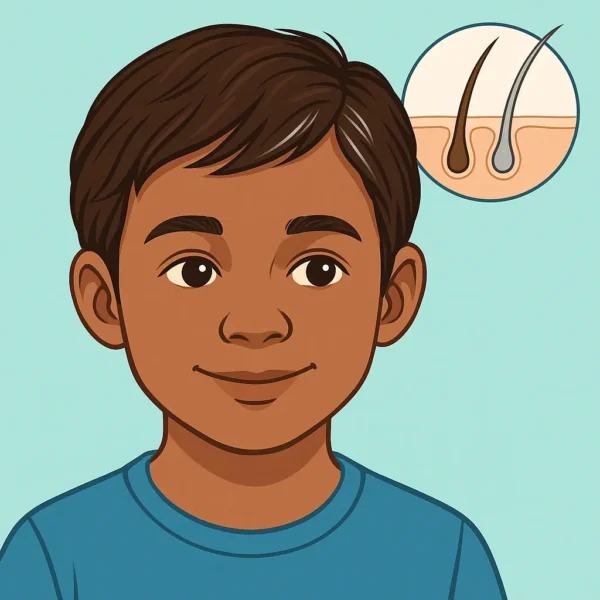
Grey Hair in Children: Understanding an Uncommon but Important Phenomenon
Few changes startle parents quite as much as spotting silver strands on a young head. While grey hair is widely accepted as a normal sign…
Insights on Hair Health, Hair Growth, and Alopecia Research
Insights on Hair Health, Hair Growth, and Alopecia Research

Few changes startle parents quite as much as spotting silver strands on a young head. While grey hair is widely accepted as a normal sign…
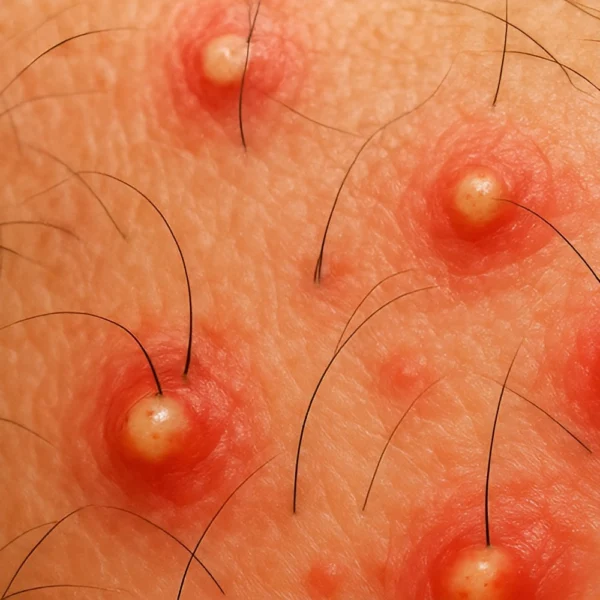
Introduction: Folliculitis – the inflammation of hair follicles – most commonly arises from bacterial invasion, notably Staphylococcus aureus. However, a spectrum of viral agents can…
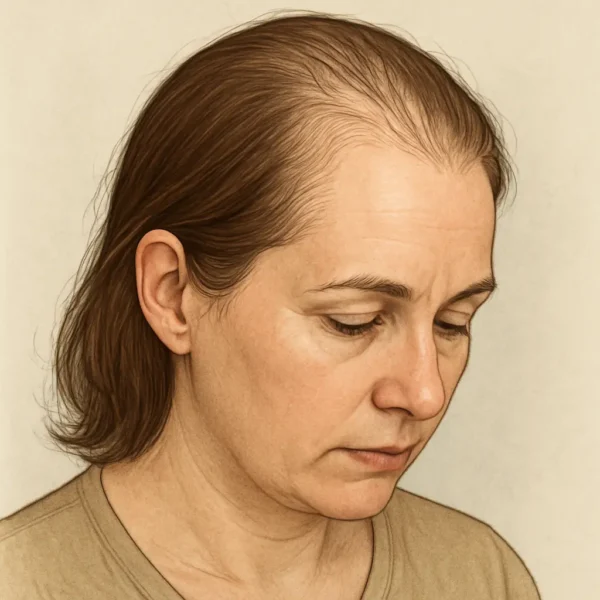
Hair loss is a common concern for both men and women. While male-pattern baldness – with its characteristic receding frontal hairline and vertex thinning –…
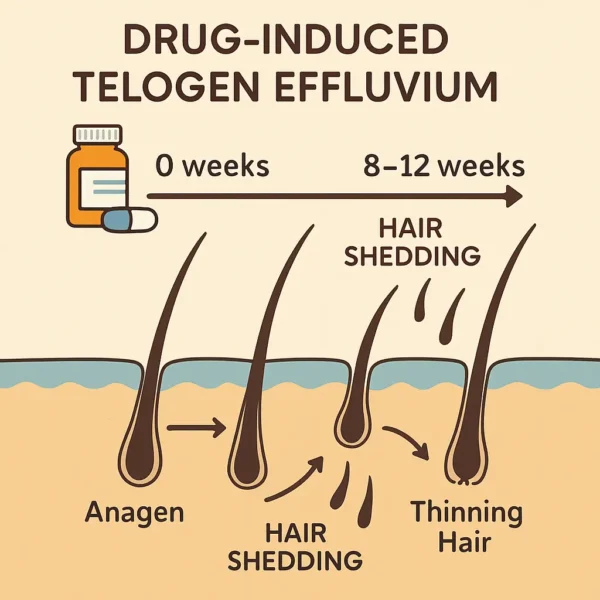
Understanding Telogen Effluvium: Telogen effluvium (TE) is a nonscarring, reversible form of diffuse hair loss characterized by an increased proportion of hair follicles entering the…
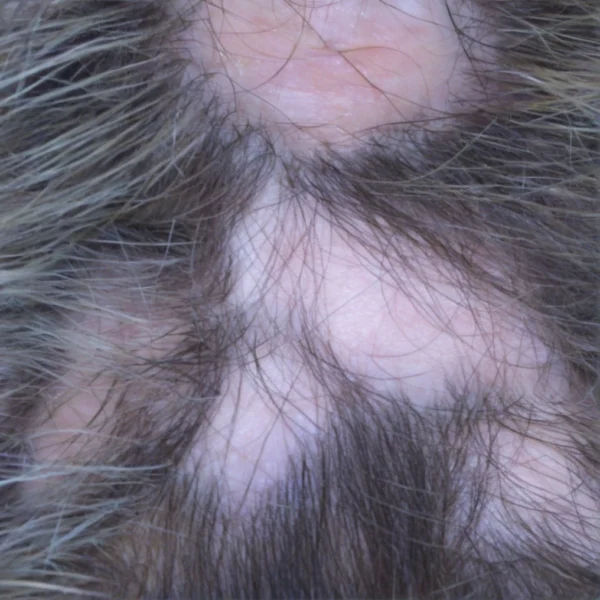
Pseudopelade of Brocq, often referred to simply as “pseudopelade,” is an uncommon and somewhat enigmatic form of scarring (cicatricial) alopecia primarily affecting the scalp. First…
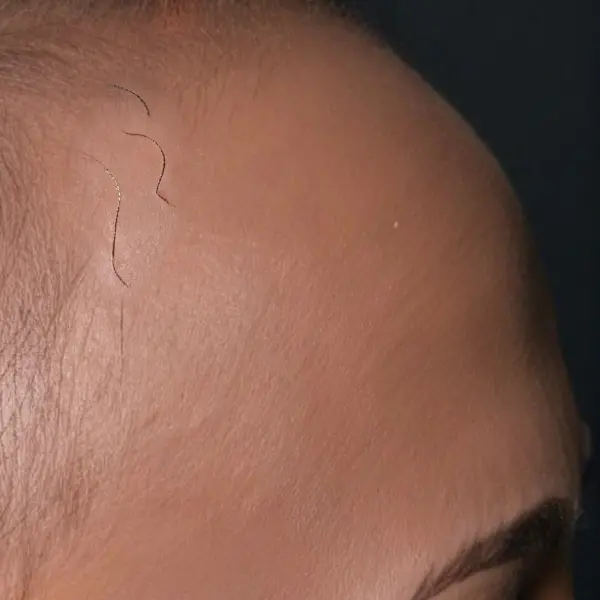
Hair loss encompasses a vast array of conditions, each with unique clinical presentations, underlying pathophysiology, and therapeutic challenges. Within the domain of scarring (cicatricial) alopecias,…
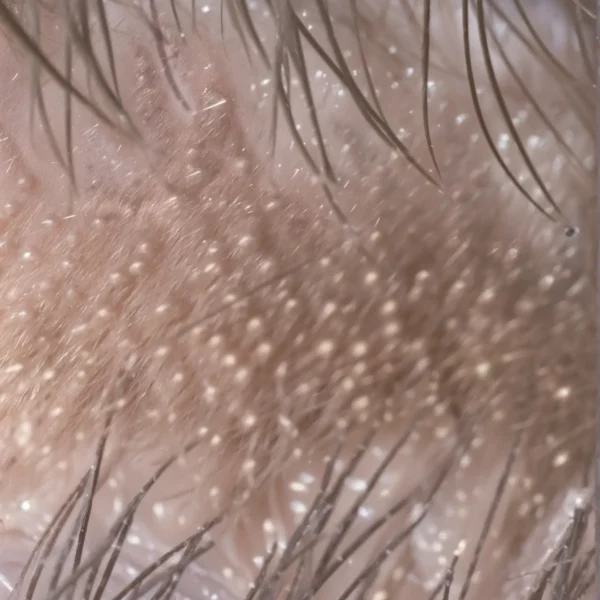
Introduction: Keratosis Follicularis Spinulosa Decalvans (KFSD), also referred to as Keratosis pilaris decalvans, is a rare genodermatosis characterized by progressive follicular keratosis, leading to scarring…
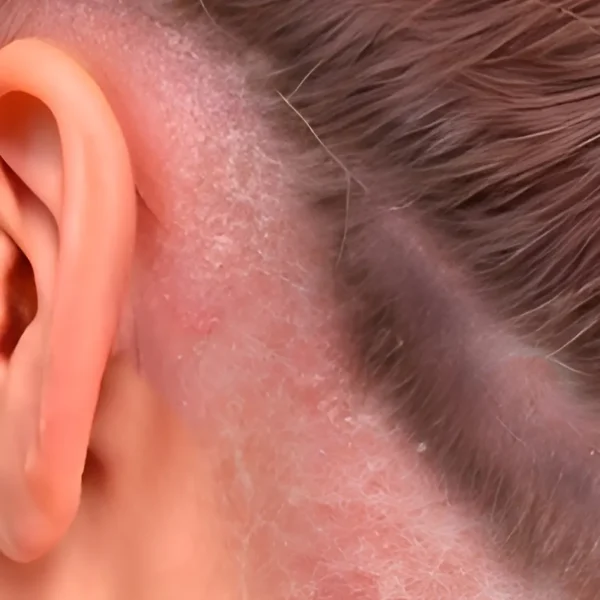
Scalp psoriasis is a chronic, noncontagious skin condition that predominantly affects the scalp, manifesting in scaly, red, and raised patches. This condition can extend beyond…
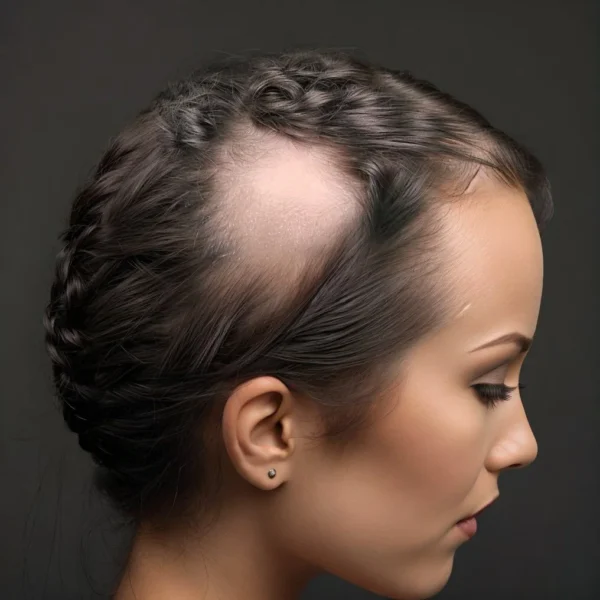
Introduction: Alopecia areata is an autoimmune condition characterized by non-scarring hair loss, affecting individuals of all ages, genders, and ethnicities. It is marked by the…